Photo captures humpback whales in rare double breach
A photograph shows the incredible moment two whales breach the water’s surface side-by-side as the sea mammals make their way north along the Australian coastline for winter
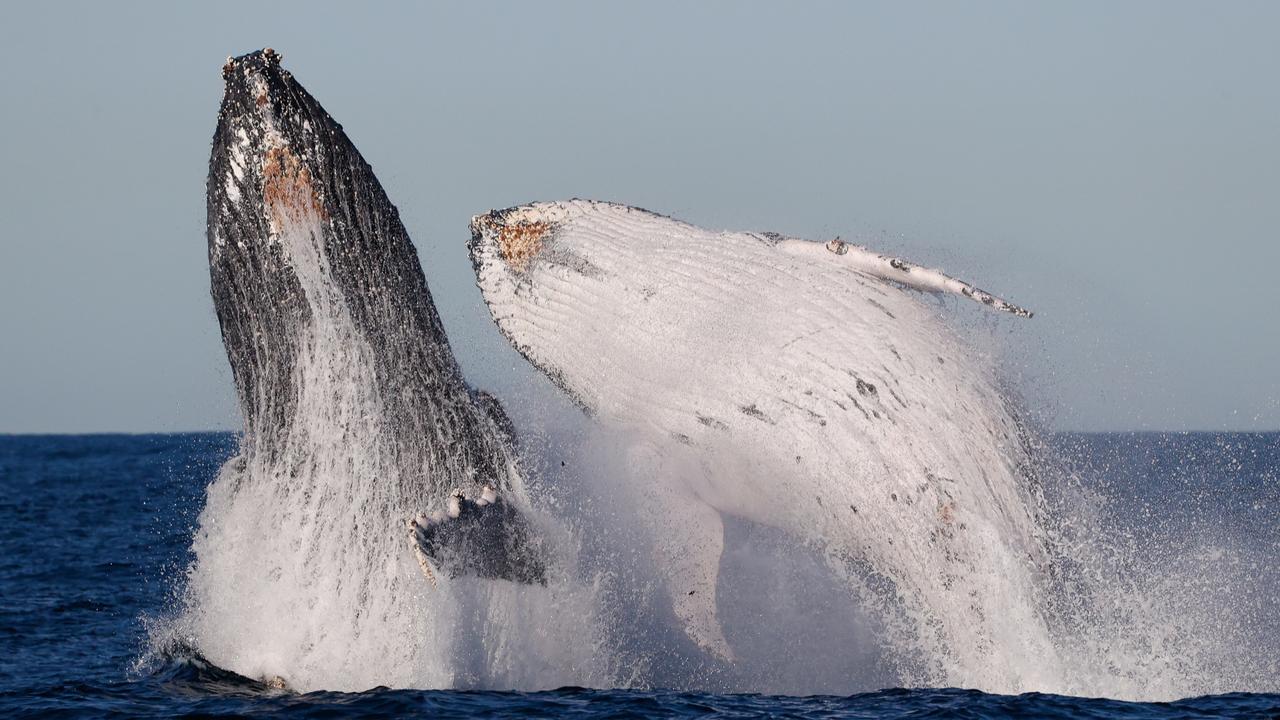
READING LEVEL: GREEN
An amazing photograph has captured the moment two humpback whales breached the water’s surface at the same time off the coast of Sydney.
Retired doctor Adam Geschwind took the photograph of the double breach while whale watching from a nearby boat.
Whale Watching Sydney photographer Jonas Liebschner said it was very rare to catch a double breach on camera. He said sunny weather this winter has meant a lot of people have been whale watching as the giant sea mammals make their way north from Antarctica for the winter.
“We have been very lucky this year, we have had sunshine and no rain almost every day,” he said. “The boats have been completely full with very happy whale watchers.”
It comes just two weeks after a Sydney kayaker came side-by-side with a humpback whale.
Drone footage captured the incredible moment as the enormous whale surfaced just a few metres from the kayaker. The whale is much longer than the kayak, which is thought to be about 3m to 3.7m long.
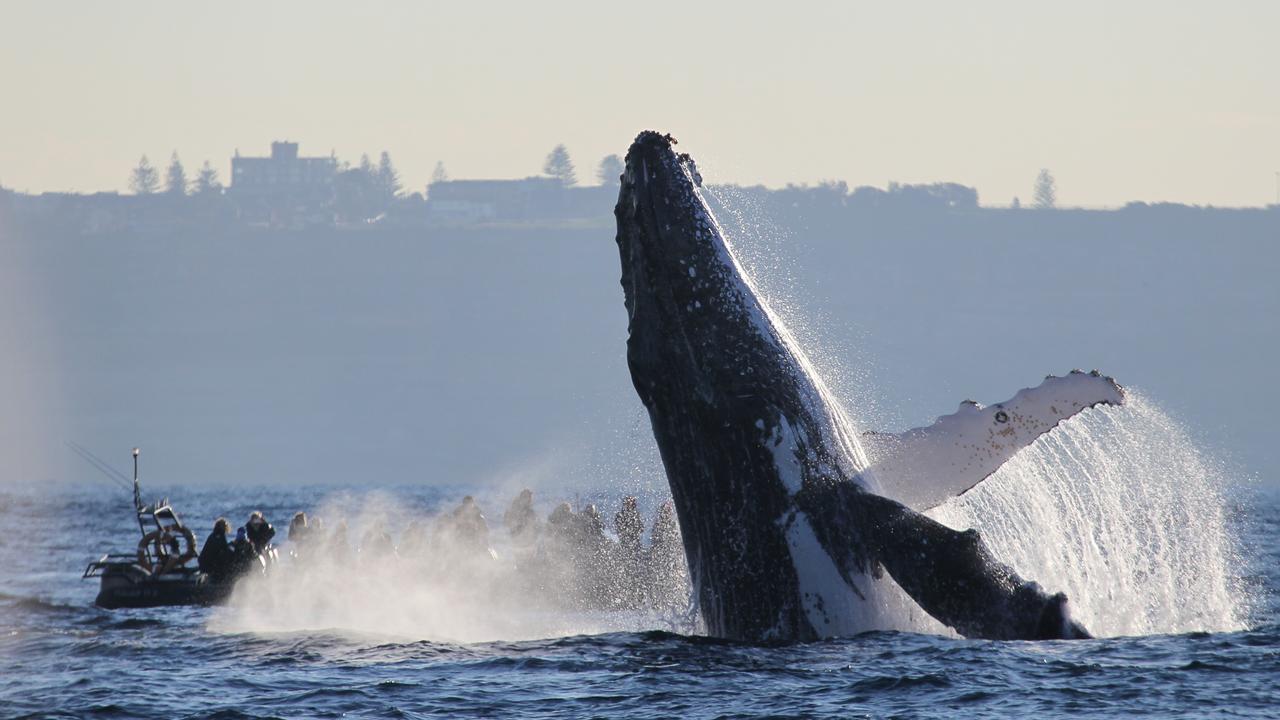
Steve Trikoulis, vice president of the Organisation for the Rescue and Research of Cetaceans, told CNN there have been more whale sightings than usual this migration season.
The rise in whale numbers was due to better weather and cleaner water, he added.
“The numbers are healthy and have definitely increased,” Mr Trikoulis said.
“We’ve never seen so many of them so early in the season and we strongly believe it’s because of the better weather. We’ve also seen them swimming … closer to shore.”
More than 40,000 humpback whales migrate from Antarctica every year between May and November along the east coast and west coasts of Australia.
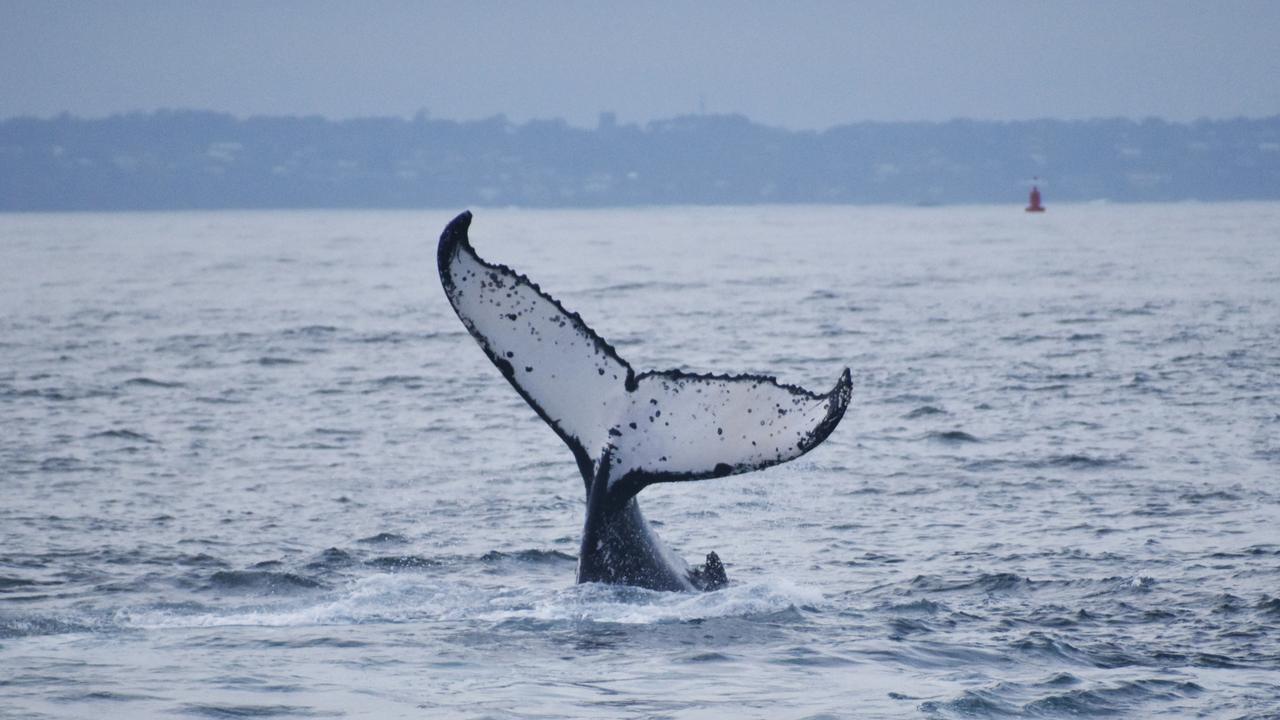
WHY DO WHALES MIGRATE?
Whales migrate north during the colder months to be in warmer waters to make babies (calves). They start their journey in May and June.
When the weather starts to warm up again from August to November, they migrate south to Antarctica to fill up with food.
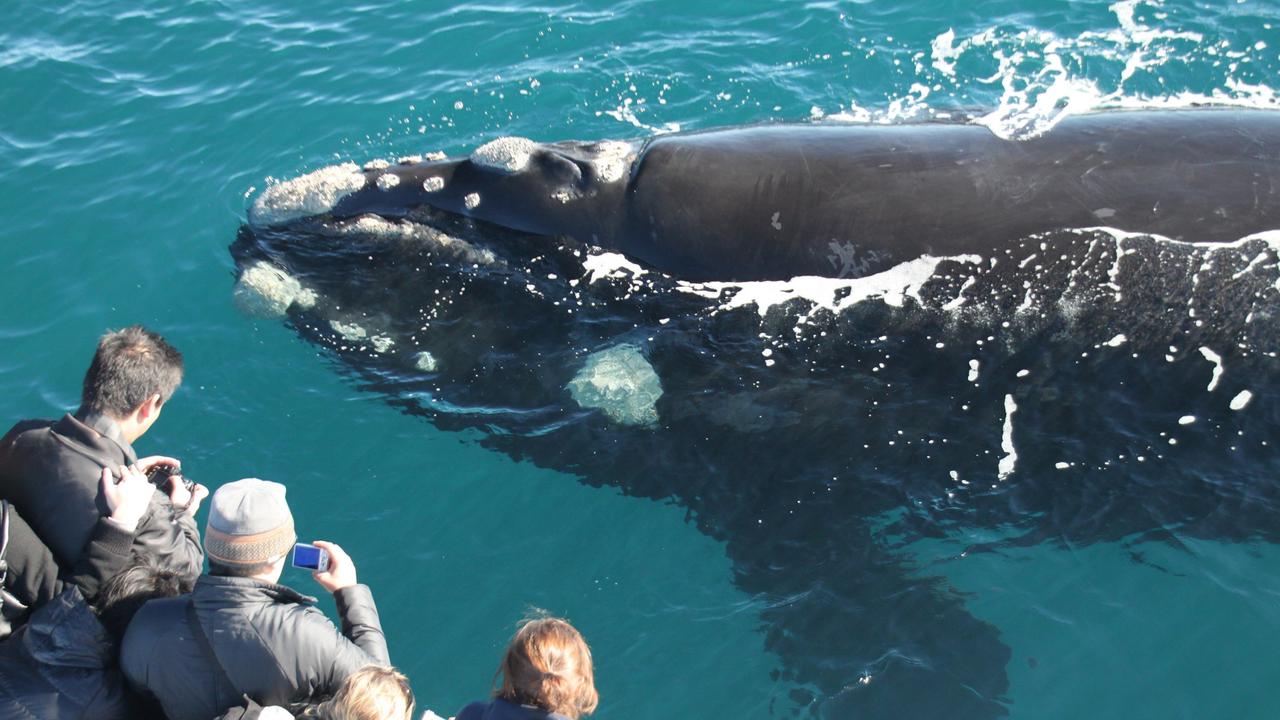
WHERE CAN YOU SEE THE WHALES?
Humpback whales travel from Antarctica along the east coast and the west coast of Australia to warmer waters in the great Barrier Reef and the Kimberley, as well as the South Pacific region. They can also be spotted off the coast of New Zealand during this time.
Southern right whales travel between Antarctica and the south coast of Australia where they can be spotted along the Great Australian Bight.
If you live in Western Australia, you might be lucky enough to see Orcas off the southern coast.
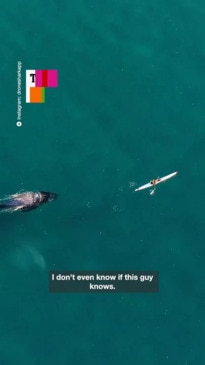
POLL
GLOSSARY
- breached: when whales come up out of the water
- double breach: when two whales breach side-by-side
- cetaceans: large mammals that live in water such as dolphins, whales and porpoises
- migration: the movement of animals from one place to another
- migrate: travel from one place to another
EXTRA READING
Whale wailing a sign of loneliness
Red kangaroos rescued by AI
Active animals show why they’re good sports
QUICK QUIZ
1. Why do whales migrate?
2. How many humpback whales travel between Antarctica and north Australian waters?
3. Why have more whales been spotted this year?
4. Where does the southern right whale travel to in winter?
5. Where can you see Orcas when they migrate?
LISTEN TO THIS STORY
CLASSROOM ACTIVITIES
1. Whale sketch
Looking at the photographs of these beautiful animals, draw a sketch of a whale as you depict them. It could be more than one whale, both breaching, or a single whale in a different position. Highlight their most outstanding features.
Give your sketch a name and share with your classmates if you feel comfortable.
Time: allow 25 minutes to complete this activity
Curriculum Links: Visual Arts
2. Extension
On a map of the world, plot the whale migration route. Study the route they take and see if you can reason as to why they travel that particular way.
Time: allow 15 minutes to complete this activity
Curriculum Links: English, Science, Geography, Critical and Creative Thinking
VCOP ACTIVITY
To sum it up
After reading the article, use your comprehension skills to summarise in a maximum of three sentences what the article is about.
Think about:
What is the main topic or idea?
What is an important or interesting fact?
Who was involved (people or places)?
Use your VCOP skills to re-read your summary to make sure it is clear, specific and well punctuated.

